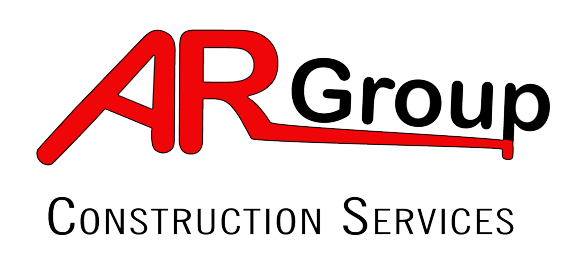About noise
Noise is produced when an object vibrates rapidly enough to generate a pressure wave in the surrounding air, in much the same way as a stone dropped into a pond generates ripples. We hear sounds as our ears respond to the pressure waves in the air around us.
Sound also travels by vibration through liquid and solid objects. As long as there is an uninterrupted path, noise is easily transmitted by vibration.
Sound power
A sound source radiates power and this results in a sound pressure. Sound power is the cause. Sound pressure is the effect. The relationship between sound power and sound pressure is similar. What we hear is sound pressure but it is caused by the sound power emitted from the source.
Sound pressure
Sound pressure that we hear, or measure with a microphone is dependent on the distance from the source and the acoustic environment (or sound field) in which sound waves are present. This in turn depends on the size of the room and the sound absorption of the surfaces. So by measuring sound pressure we cannot necessarily quantify how much noise a machine makes. We have to find the sound power because this quantity is more or less independent of the environment and is the unique descriptor of the noisiness of a sound source.
Basic principles of noise control
Source: The source of a noise is what is creating a noise nuisance. Ideally, this is the area that should be considered for treatment first when trying to control a noise problem.
Transmission path:
This is the most variable of the three areas, as noise can travel through air or through structural vibration. Vibration is transmitted structurally through a building causing walls in other areas to vibrate and radiate noise. Treatment of the transmission path reduces the noise reaching the receiver.
Receiver:
The receiver of noise may be a person or room or even a whole community in the case of aircraft noise. In some cases treating the receiver may be the only noise control option, but it is by far the most complex and expensive.
The physics of controlling noise in barrier systems
A barriers ability to insulate against noise is best explained with a transmission loss curve. It shows how a barrier attenuates noise at different frequencies.
Transmission loss of a barrier can be simplified to four rules, which are shown in the diagram.

 Az
Az En
En Ru
Ru
